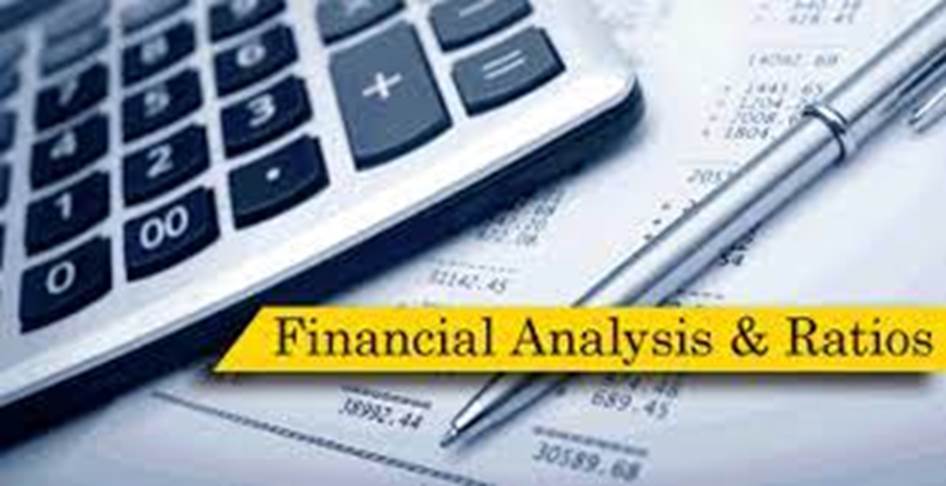
Staib Financial Planning
Checking Your Personal Financial Ratios
By Saghir A. Aslam
Rawalpindi, Pakistan

(The following information is provided solely to educate the Muslim community about investing and financial planning. It is hoped that the Ummah will benefit from this effort through greater financial empowerment, enabling the community to live securely with dignity and fulfill their religious and moral obligations towards charitable activities)
When reviewing the financial health of a company, it’s common to look at financial ratios, such as earnings per share, price/earnings ratios, book value, and total return. The reason financial ratios are so popular is they give you a means of evaluating financial information while allowing you to track changes in a company’s performance over time.
Consider using the same concept to assess and track your personal financial situation. At least annually prepare a net worth statement and then calculate various financial ratios. Comparing those ratios over time will help you assess whether you are making progress toward your financial goals.
You should start by preparing a net worth statement, which lists all your assets and liabilities, with the excess representing your net worth. All assets should be listed, including vested balances in retirement plans and 401 (K) plans, personal property, jewelry, and household items.
Assets should be valued at the price you would obtain if you sold them now, not the amount you paid for them. You’ll also want to list your annual income, for ease in calculating some of the ratios.
Now, ask yourself the following questions about your finances.
Has your net worth grown by more than the inflation rate?
Calculate the percentage growth in your net worth over the past year and compare that to the inflation rate. To make progress toward achieving your financial goals, your network should increase by more than the inflation rate. If your network is not growing, determine the reasons.
What is your ratio of assets to liabilities?
A ratio of less than 1 indicates you have more liabilities than assets—a negative net worth. If that is the case, take active steps to reduce your liabilities. This ratio should increase over time, which would indicate you are reducing debt.
What is the trend in your liabilities?
Review the amounts and types of debt outstanding. Mortgages are typically used to purchase a house or other items that appreciate in value, so they are considered “good” debt. Credit card balances and auto loans are used to finance items that typically don’t appreciate in value and should be kept to a minimum.
What percentages of your assets are liquid and nonliquid?
Non liquid assets include items like your home, other real estate, jewelry, and works of art. Although they may increase in value over time, they can be difficult to sell quickly at full market value. Liquid assets, such as bank accounts and stocks, are more easily converted to cash. You want sufficient liquid assets to cover financial emergencies.
What is your savings-to-income ratio?
For this ratio, your savings equal all assets designated to help fund your retirement. It typically won’t include your home, since you will probably live there after retirement. First, you need to decide what this ratio should equal to retirement. It is basically the amount of savings you want at retirement age, preferably determined after a careful analysis of all appropriate factors, divided by your annual income. For instance, if you want retirement assets equal to 2,000,000 when you retire and you currently earn $100,000, you will need a savings-to-income ratio of 20 when you retire. You might then develop benchmarks over your working years to help you gauge whether you are on track to achieving that goal.
What is your savings rate?
Calculate what percentage of your income you are saving on an annual basis. Typically, you’ll want to save a minimum of 10% a year. This would include 401(K) contributions and individual retirement account contributions. If your employer matches your 401(K) contributions, you can include those contributions as part of your annual savings.
How have your investments performed?
Now may also be a good time to thoroughly analyze your portfolio’s performance over the past year. Measure the performance of each investment, comparing it to an appropriate benchmark. This can help you identify portions of your portfolio that may need to be changed. Also, calculate your overall rate of return and compare it to your targeted return. If your actual return is lower than the return you targeted when designing your investment program, you may need to increase your savings, select investments with higher return potential, or settle for less money in the future.
(Saghir A. Aslam only explains strategies and formulas that he has been using. He is merely providing information, and No advice is given. Mr Aslam does not endorse or recommend any broker, brokerage firm, or any investment at all, nor does he suggest that anyone will earn a profit when or if they purchase stocks, bonds or any other investments. All stocks or investment vehicles mentioned are for illustrative purposes only. Mr Aslam is not an attorney, accountant, real estate broker, stockbroker, investment advisor, or certified financial planner. Mr Aslam does not have anything for sale.)

